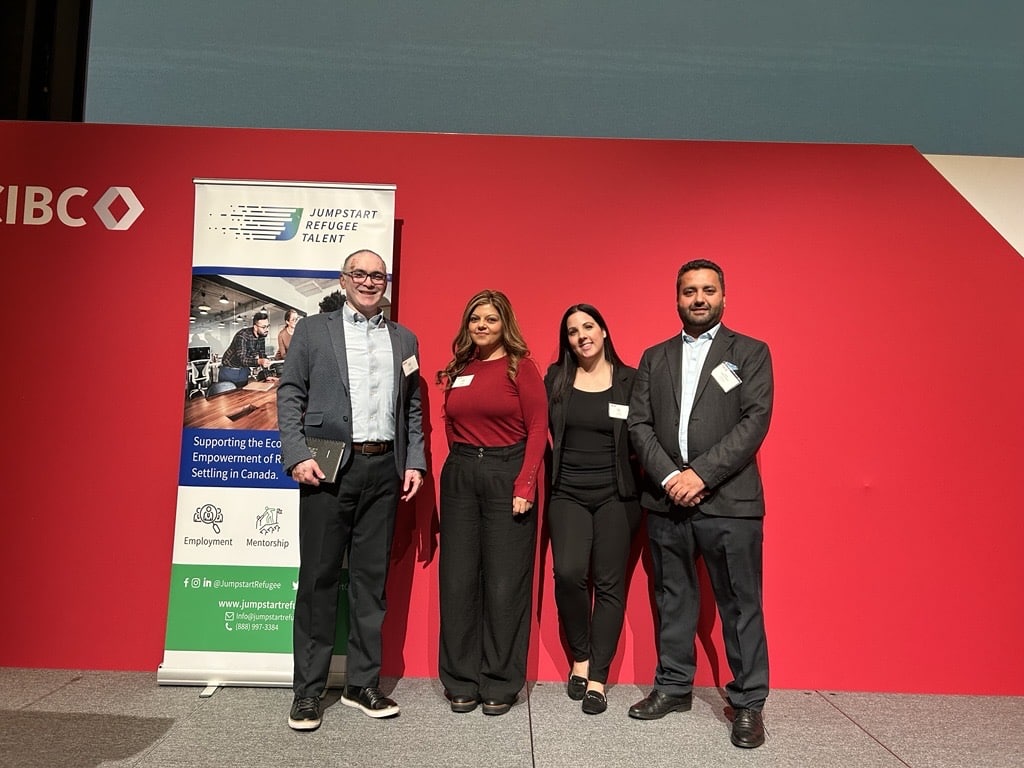Your resume is your first impression—and first impressions matter. For newcomers and refugee professionals entering the Canadian job market, creating a strong, polished resume can open doors. But even experienced professionals can make simple mistakes that stop their applications from moving forward.
Let’s break down the most common resume mistakes—and how to avoid them—so your skills and experience shine.

1. Using a One-Size-Fits-All Resume
The Mistake: Sending the same resume to every job.
Why It Hurts: Employers are looking for candidates who match their specific needs. A generic resume doesn’t highlight how you’re a strong fit for that role.
What to Do Instead:
- Tailor your resume for each job by including keywords from the job description.
- Adjust your summary and skills to match the role.
- Highlight the experience that’s most relevant to the position.
2. Listing Duties Instead of Achievements
The Mistake: Writing job descriptions like a list of responsibilities.
Why It Hurts: Employers want to see how you added value—not just what your job title was.
What to Do Instead:
- Focus on results: Did you save time, increase efficiency, grow sales, or solve a problem?
- Use action verbs like “led,” “improved,” “created,” or “streamlined.”
- Add numbers if possible: “Increased sales by 15%” is more impactful than “Responsible for sales.”
3. Including Unnecessary Personal Information
The Mistake: Adding your photo, marital status, or age.
Why It Hurts: Canadian employers usually prefer a clean, professional resume with relevant content only. Some personal details can unintentionally lead to bias.
What to Do Instead:
- Include only your name, email, phone number, LinkedIn (optional), and city/province.
- Leave out photos, birth dates, religion, or visa status unless the employer requests it.
4. Poor Formatting and Spelling Errors
The Mistake: Using inconsistent fonts, long paragraphs, or having typos.
Why It Hurts: A messy resume is hard to read and can look unprofessional.
What to Do Instead:
- Use a simple, clean design with clear headings.
- Keep your resume to one or two pages.
- Use bullet points to make it easy to scan.
- Always proofread—or ask a friend or mentor to review it for you.
5. Forgetting to Include Canadian Experience (If You Have It)
The Mistake: Hiding short-term or volunteer work because it doesn’t seem “important enough.”
Why It Hurts: Employers want to see that you’ve worked or volunteered in Canada—it shows adaptability and understanding of local work culture.
What to Do Instead:
- Include internships, survival jobs, volunteer roles, or freelance gigs—even if they’re short-term.
- Focus on transferable skills like teamwork, communication, time management, and customer service.
6. Writing a Resume That’s Too Long
The Mistake: Including every job you’ve ever had—even ones from 20 years ago.
Why It Hurts: Employers often only read the first page. Long resumes can bury your most relevant experience.
What to Do Instead:
- Focus on the last 10 years of experience.
- Only include older roles if they are highly relevant.
- Keep the resume focused and concise.
Final Tips for Success
- Keep it simple: Clear language, no fancy fonts.
- Customize every time: Match your resume to each job you apply for.
- Show your impact: Think about what makes you a great candidate and show it through real results.
Need Help with Your Resume?
At Jumpstart Refugee Talent, we support you through every step of your career journey. Whether you need resume feedback, interview coaching, or job leads—we’re here for you. Access our career-pathing support services here.





